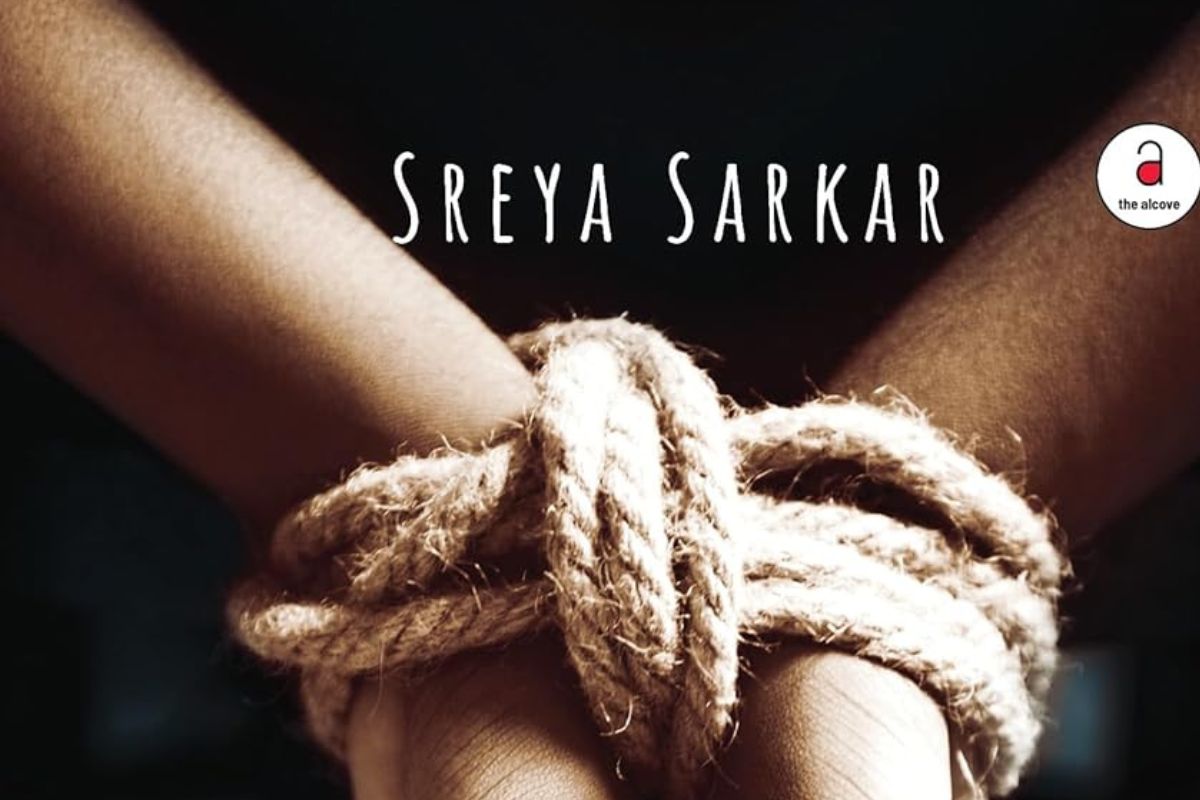It most certainly would not do to leaf through Sreya Sarkar’s novel, Beneath the Veneer, because the title subtly asks us to do otherwise. It could have been just one of those books, but something about the sinister cover draws you to it and gets you hooked.
Shreya is a US-based public policy analyst, journalist and author who contributes extensively to various Indian and American publications. Belonging to a civil service family, she graduated from Presidency College Kolkata and earned her master’s degree from the University of Pennsylvania. Surrounded by voracious readers and fervent political discussions, she currently lives in Massachusetts with her spouse and teenage son.
The writer’s commitment to her art is evident from the outset with her choice of subject and racy style. The author has demonstrated intelligence in choosing a pertinent topic that one can relate to in today’s fast-paced, tech-driven city life.
Advertisement
Rangvihar’s nomenclature does justice to the utopian, colourful life that people aspire to live nowadays, which is the backdrop of her simple tale. The simplicity stems from the no-frills-attached narration, which makes the story all the more appealing. Yet she has done a thorough job of detailing every situation and human emotion.
Sreya has perhaps picked six women protagonists, including a doctor, lawyer, athlete, banker, businesswoman, and maidservant, all of whom share a camaraderie being thwarted at some point in their lives by crafty males to send a strong message: that men, no matter how powerful and heinous, can never overcome woman shakti like Asura, who was slain by the ten-armed Goddess Durga! There is also mention of a fair being held during Navratri to celebrate Ramleela, which also always concludes with the destruction of a demon!
Having said that, I feel, however, that at the end, the modus operandi of execution is bizarre and that although they were women scorned, they could have devised other means of destruction to avoid being termed ‘killers’ by the lawyer Farzeen, whom the writer keeps out of the gory goings-on. But they have a ready explanation for their deeds. As Dr Gunjan says, “This was the only way out. This path has chosen us. We did it to survive… to protect each other.”
On the flip side, maybe the author is justified because evil always raises its ugly head, hydra-like, and the women use their wits to obliterate the evil prevailing in their microcosm, once and for all!
Rangvihar is the model new town for Gunjan, Asha, Rani, Farzeen, Kesri and Falguni to relocate to with dreams of starting a new and fulfilling life, but fate has other plans for them, and therein lies the plot of the story with its remarkable twists towards the end. The women find themselves mired in problems with their past rearing its ugly head to torment them afresh and their present in some way or another, due to the goings-on behind the facade of the ashram precincts.
Trafficking of women is a major issue in third-world countries, and more fiction could highlight it. Drug peddling, human trafficking, and a major twist in the tale in the end make the novel a gripping read.
The reviewer is a former teacher and freelance contributor
Advertisement











